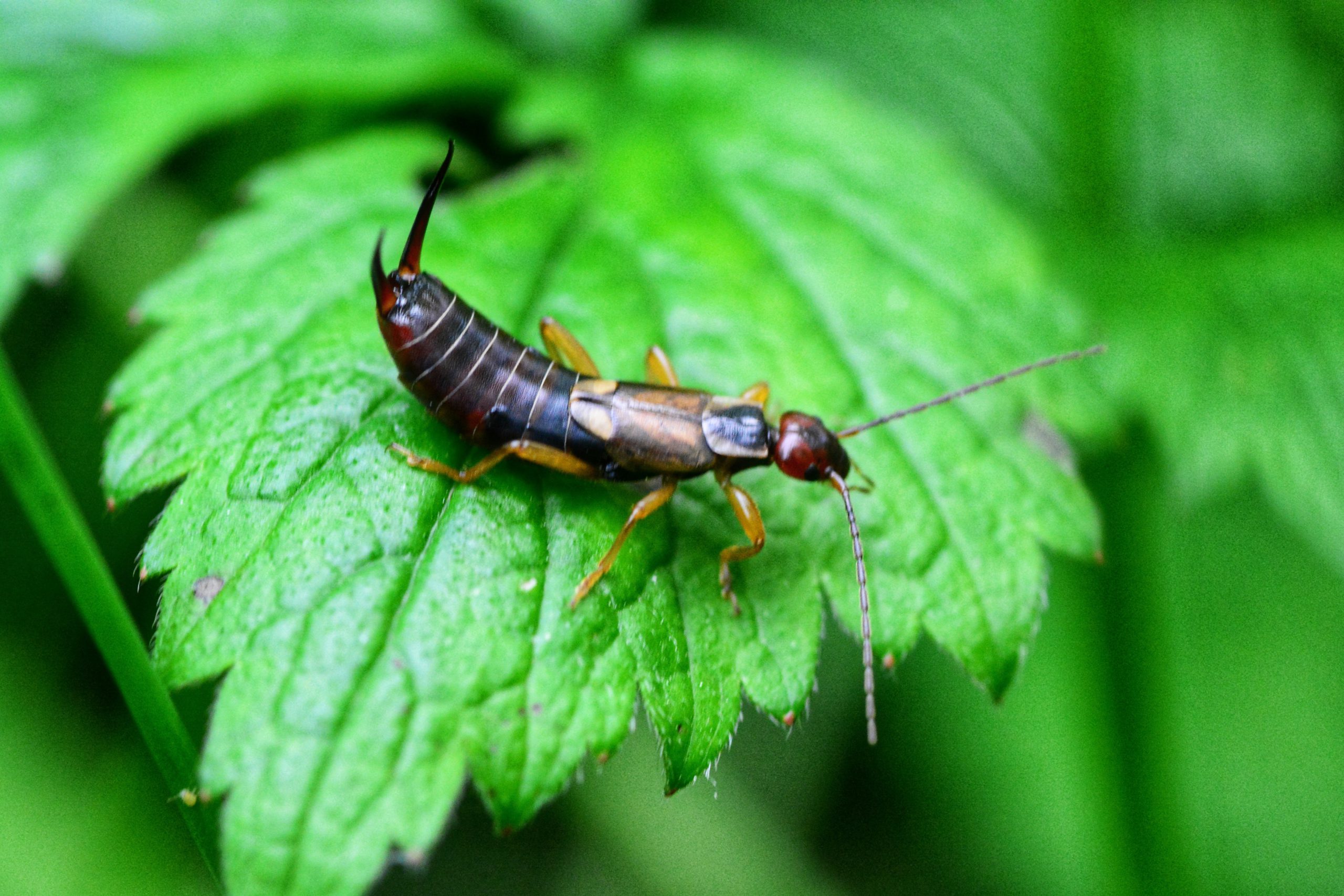Introduction
Earwigs often cause concern among gardeners who spot these small, dark insects scurrying through their plants. But are earwigs bad for your garden? This question is common because earwigs have a somewhat intimidating appearance, especially with their pincers. Understanding their role in the garden ecosystem is crucial for effective garden management. This article explores whether earwigs are harmful, beneficial, or neutral to your plants and offers practical advice on dealing with them.
What Are Earwigs and How Do They Behave?
Earwigs are nocturnal insects recognized by their elongated bodies and distinctive pincers at the end of their abdomen. They thrive in moist, dark environments like under rocks, mulch, or garden debris. Earwigs are omnivores; they feed on a variety of foods including decaying plant matter, fungi, and smaller insects.
Key Characteristics of Earwigs
- Size: Typically 1/2 to 1 inch long.
- Diet: Omnivorous, eating both plant material and pests.
- Habitat: Favor damp, sheltered areas in gardens.
- Behavior: Mostly active at night, hiding during the day.
Their feeding habits and habitat preferences significantly influence whether they are harmful or helpful in a garden setting.
Are Earwigs Harmful to Garden Plants?
The short answer is: it depends. Earwigs can cause damage but they also play beneficial roles.
Potential Plant Damage
- Earwigs sometimes feed on soft leaves, flowers, and fruits, especially in large numbers.
- They may cause irregular holes or ragged edges on leaves.
- Seedlings and tender plants are more vulnerable to damage.
However, extensive damage is uncommon. In many gardens, earwigs cause only minor cosmetic harm.
Beneficial Roles of Earwigs
- Earwigs consume aphids, mites, and other soft-bodied pests that can severely damage plants.
- They help break down decaying organic matter, contributing to soil health.
- Their predatory nature can reduce the need for chemical pest control.
Garden experts often emphasize that earwigs are part of a balanced ecosystem that supports plant health.
How to Identify Earwig Damage vs. Other Pests
Knowing if earwigs are the culprits behind plant damage is key to deciding management strategies.
- Earwig damage: Irregular holes with ragged edges, mainly on leaves and flowers, often appearing after dusk.
- Slugs/snails: Slimy trails and larger holes.
- Caterpillars: Larger, more uniform holes and visible frass (droppings).
Regular nighttime garden inspections can help confirm earwig activity.
Managing Earwigs in Your Garden
If earwigs become problematic, you can manage their population without harming your garden ecosystem.
Practical Control Measures
- Remove hiding spots: Clear mulch, leaf litter, and debris to reduce shelter.
- Use traps: Rolled-up damp newspaper or cardboard placed overnight can trap earwigs for removal.
- Encourage natural predators: Birds, toads, and beneficial insects feed on earwigs.
- Limit excessive moisture: Avoid overwatering which creates ideal earwig habitats.
- Organic repellents: Diatomaceous earth around plants can deter earwigs.
Avoid broad-spectrum insecticides as they harm beneficial insects and disrupt garden balance.
When Should You Worry About Earwigs?
- If you notice large clusters causing visible damage to young plants.
- If earwigs are attracted to ripe fruits or vegetables causing crop loss.
- If natural predators are absent, allowing earwig populations to surge.
In such cases, targeted management is advisable to protect your garden investment.
Conclusion
Earwigs are not inherently bad for gardens; they can be both beneficial predators and occasional plant feeders. Most gardeners find that earwigs contribute positively by controlling harmful pests and aiding decomposition. However, monitoring their population and damage levels is essential. Employing eco-friendly control methods maintains garden health and biodiversity. Next time you see earwigs, remember their dual role and consider integrated management rather than elimination. A balanced approach ensures a thriving, pest-resilient garden ecosystem.
